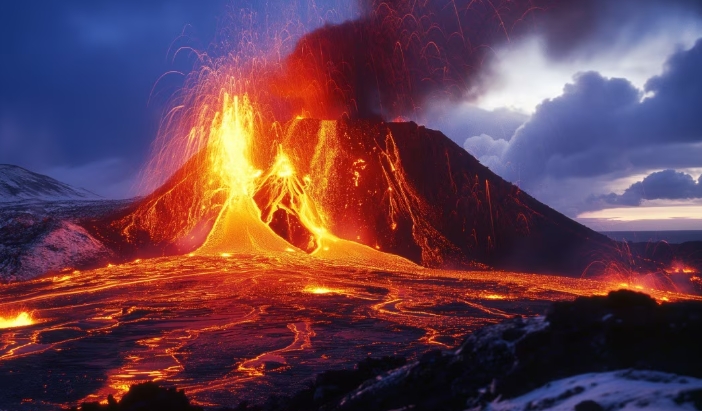Volcanoes are powerful forces of nature that have captivated humans for centuries. These explosive mountains are a fascinating window into the inner workings of the Earth.
What is a Volcano?
A volcano is a mountain that opens downwards to a pool of molten rock below the Earth’s surface. When pressure builds up, eruptions occur, releasing lava, ash, and gases.
Types of Volcanoes
There are different types of volcanoes, including stratovolcanoes, shield volcanoes, and cinder cone volcanoes. Each type has unique characteristics and eruption styles.
Causes of Volcanic Eruptions
Volcanic eruptions are caused by the movement of tectonic plates, which create pressure and heat within the Earth’s mantle. When this pressure is released, it can result in an explosive eruption.
Effects of Volcanic Eruptions
Volcanic eruptions can have devastating consequences, including the destruction of landscapes, loss of life, and the creation of new landforms. However, they also play a key role in shaping the Earth’s surface.
Famous Volcanoes
Some of the world’s most famous volcanoes include Mount Vesuvius in Italy, Mount St. Helens in the United States, and Mount Fuji in Japan. These iconic landmarks have left a lasting impact on human history.
Studying Volcanoes
Volcanologists study volcanoes to better understand their behavior and predict future eruptions. Through monitoring techniques such as seismic activity and gas emissions, scientists can provide early warnings to at-risk populations.
In conclusion, volcanoes are complex and awe-inspiring natural phenomena that highlight the dynamic forces at work beneath the Earth’s surface. By studying these explosive mountains, we can gain a deeper appreciation for the beauty and power of our planet.

